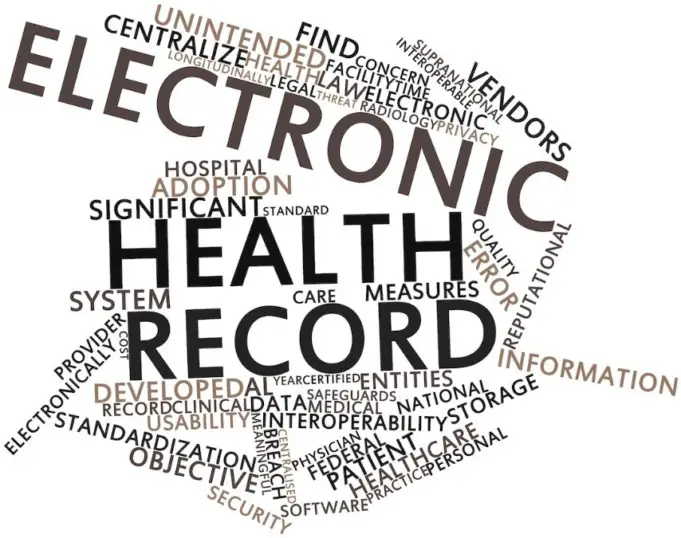The final rules for the changes to the electronic health record (EHR) incentive program’s Stage 1 and Stage 2 have been announced by The US Department of Health and Human Services.
The announcements also contain the requirements for Stage 3 implementation and the applicable criteria for the EHR certification of 2015. There does not seem to be any significant departures from the proposals made by the department earlier in the year.
However, the call put forth by Congressional critics and the industry for postponement of the implementation of Stage 3 was not heeded to though and additional period of 60 days for comments was allowed.
According to CMS, the feedback received during the comment-period will assist the transition of the MU program to a new system that provides incentives based on merit, as allowed by the Medicare Access and CHIP Reauthorization Act of 2015.
Changes to Stage 1 and Stage 2
While the document issued by CMS does not comment anything about any changes possible to Stage 3 in the future, the changes made to the MU program’s earlier stages, include attestation by providers regarding their use of electronic health records for any period of at least 90 days by 29 February, 2016.
If more time is required by the healthcare providers, the date could be extended to end of March. For the next two years, new participants of the incentive program of EHR are eligible for a 90-day period for reporting.
Those who elect to commence attesting on Stage 3 in 2017 are allowed to have a reporting period of 90 days. Commencing in 2016, eligible professionals are required to meet 10 objectives instead of 18 in MU Stage 1 and 2 certification. For eligible hospitals, the number of objectives to be met stand at 9 as opposed to the earlier 20.
Electronic Data Sharing
The Stage 2 rule requiring a minimum of 5% of patients to view, download or transfer their medical records in the electronic form has been diluted to one that stipulates only a single patient must do the same.
Eligible hospitals and professionals are now required to attest that they possess the capability to exchange secure messages in electronic format instead of having to confirm that 5% of the patients have actually exchanged such messages with their care providers.
To assist electronic record sharing with patients, Stage 3 permits application programming interfaces (APIs) to be used as option to patient portals. According to CMS this has been done to accommodate easier access of medical and health information, especially through mobile phones.
Stage 3 Objectives
Healthcare providers in Stage 3 must necessarily meet eight objectives, out of which five possess interoperability components.
Among the included objective are protection of information of patient health, prescribing in electronic format, support for clinical decision-making, computerized order entry for providers, access of health information by patients, care coordination through engagement of patients, exchange of health information, and registry reporting of clinical data and public health.
While Stage 3 attestation can be begun in 2017, all eligible hospitals and professionals are required to start Stage 3 reporting by January 1, 2018.
Final Rule Issued By Office of the National Coordinator for Health IT
As per the rules for 2015 EHR certification specified by the Office of the National Coordinator for Health IT, all vendors of electronic health records have a period till January 1, 2018 to ensure products developed by them meet the new specifications, which adopt new vocabulary and standards of content for documentation and sharing for improvement of interoperability.
The new certification enables better accessibility and data exchange by the addition of capabilities for superior export of data, care transition, and interfaces for APIs.
The new specifications also serve to establish a framework leading to certification of technology of health information and also adopt certification criteria that are aligned with MU requirements for supporting the incentive program of EHR.
The criteria also are designed to support exchange of confidential and sensitive health information with the inclusion of data segmentation and applying design principles that are user-centric for improving safety of patients.












